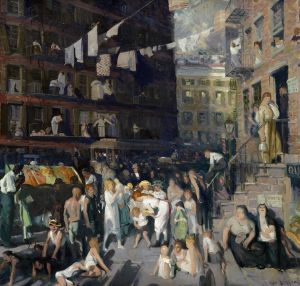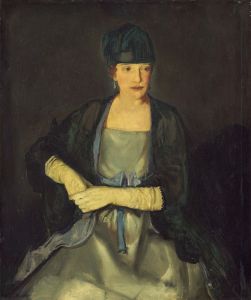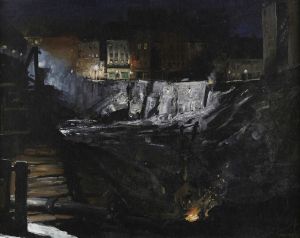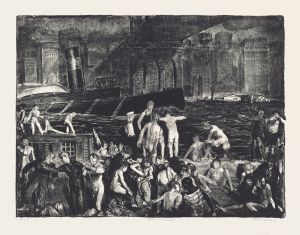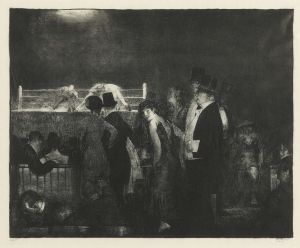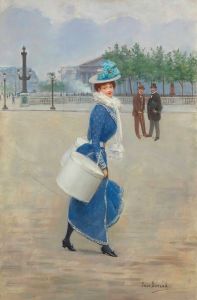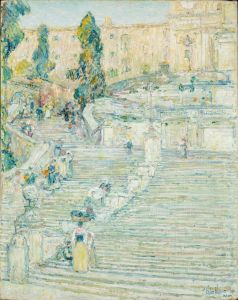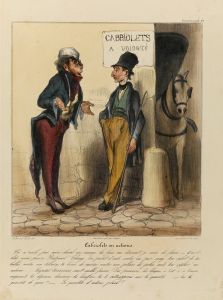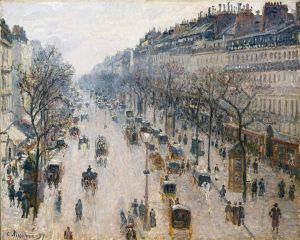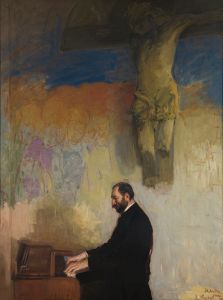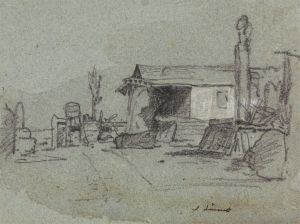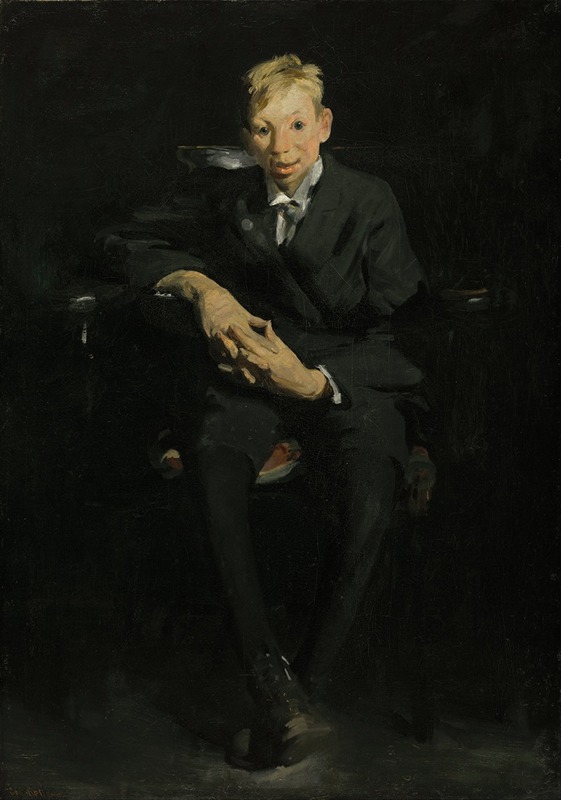
Frankie, the Organ Boy
A hand-painted replica of George Wesley Bellows’s masterpiece Frankie, the Organ Boy, meticulously crafted by professional artists to capture the true essence of the original. Each piece is created with museum-quality canvas and rare mineral pigments, carefully painted by experienced artists with delicate brushstrokes and rich, layered colors to perfectly recreate the texture of the original artwork. Unlike machine-printed reproductions, this hand-painted version brings the painting to life, infused with the artist’s emotions and skill in every stroke. Whether for personal collection or home decoration, it instantly elevates the artistic atmosphere of any space.
Frankie, the Organ Boy is a painting created by the American artist George Wesley Bellows (1882–1925). Bellows was a prominent figure in the Ashcan School, a movement in early 20th-century American art that focused on realistic depictions of urban life and the working class. The painting is believed to have been completed in 1907, during a period when Bellows was actively exploring themes of social realism and the lives of ordinary people in New York City.
The artwork portrays a young boy, Frankie, who is depicted as an organ grinder's assistant. Organ grinders were a common sight in urban areas during the late 19th and early 20th centuries, often accompanied by children or animals to attract attention and earn money. Bellows captures Frankie with a sense of immediacy and humanity, emphasizing the boy's individuality and the challenges of his life. The painting reflects Bellows' interest in portraying the struggles and dignity of the working class.
Frankie, the Organ Boy is notable for its dynamic brushwork and use of color, which are characteristic of Bellows' style. The composition draws the viewer's attention to the boy's expression and posture, conveying a sense of resilience and determination. The background suggests an urban setting, consistent with Bellows' focus on the realities of city life.
The painting is part of Bellows' broader body of work that documents the social and economic conditions of his time. His art often highlighted the contrasts between wealth and poverty, as well as the vibrancy and hardships of urban existence. Frankie, the Organ Boy exemplifies Bellows' ability to combine technical skill with a deep empathy for his subjects.
The current location of the painting is not widely documented, and it is unclear whether it is held in a public collection or a private one. Bellows' works, however, are represented in major museums across the United States, including the Metropolitan Museum of Art and the National Gallery of Art.
George Bellows remains a significant figure in American art history, and Frankie, the Organ Boy is an example of his commitment to portraying the human condition with honesty and compassion. The painting continues to be appreciated for its artistic merit and its insight into the social realities of early 20th-century America.





